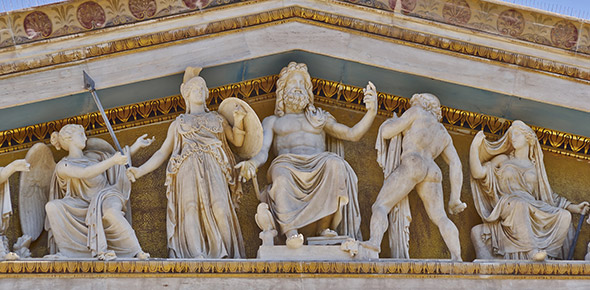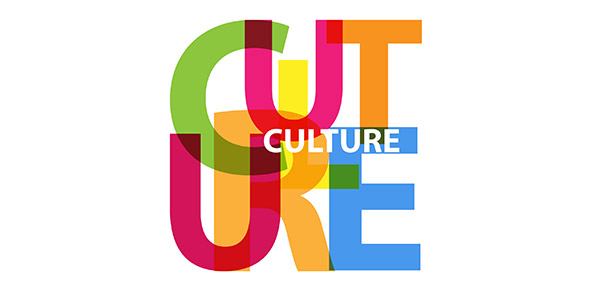Related Flashcards
Cards In This Set
| Front | Back |
|
Eagle feather
|
Symbol of strength, gives the holder the power to represent others. Often presented as recognition to someone who defends, fights for, or negotiates on behalf of aboriginal people or people of native ancestry../ flys closest to creater/ when it fly's mother earth will prosper./ feather divided into two partys dark and light/ symbolizes contradiction creater loves it most.
|
|
Animism
|
The belife that everything is alive , All living things reside in close connection
|
|
Totems
|
Link aboriginal people to their mythical anncestors/ people of the same totem are considered close relatives and cannot marry.
|
|
The sun dance
|
The great plains nations hold an important summer festival that lasts 8 - 16 days where they perform the sun dance participant face the sun and dance for long periods around a tree respecting the sun as the giver of life
|
|
The shacking tent
|
The shacking tent is a ritual used by aboriginals from the sub arctic to the great lakes rigion through the shacking tents one can communicate with the supernatural spirits.
|
|
The Vision Quest
|
Rites of passage to adulthood/the seeker of the vision quest is first purified with a confesion usually at a sweat lodge The medicine man then instructs the youth to go to a place far from the camp. The youth prays , fasts from food and water and endures the elements for several days while awaiting a "vision" of a guardian spirit who may apear in an animal, object or other nature if one does not see the vision he must retry.
|
|
Monotheism
|
The belief in one god
|
|
Polytheism
|
The belief in mor than one god
|
|
Monism
|
there is one God, with many manifestations in different religions.
|
|
Hindu God
|
Hindu concept of god Some describe hindusim as polytheistic meaning a religion of many gods others describe its as monotheistic which means beliving in one god it can also be describes as monistic scholars refer to Hinduism as a "tolerant characteristic" The early hymns of the Rig-Veda praise the spirits of natural forces such as fire, thunder, dawn, water, earth and sun. The hymns praised individual dieties, but the vedic sages belived that they represented diffrent manifestations.
|
|
Hindu Reincarnation
|
Hindus believe that the soul does not die along with the body but enters another body to carry on its existence this endless cycle of rebirth or reincarnation is called samsara in hindu thought
|
|
Bhakti Yoga
|
One of the simplier paths to salvation/ devotion and love to a diety ex: Shiva you worship shiva in a a concrete way representations of the chosen diety help followers to follow their devotion through prayer and ritual devotees surrender them selfs to the deity in hearing a singing praises to him/her.
|
|
Karma Yoga
|
The key to this path is good deeds and thoughts, which will lead to the accumilation of good karma good deeds are unselfish actions that are done not for an award but because they are morally right or the duty of an individual.
|
|
Jnana Yoga
|
This path calls for the guidance of a guru. followers learn about the relation ship between the Brahman and Atman and the nature of the universe By know scriptures, following the gurus teachings and meditating. followers gain the insight necessary to achieve salvation
|
|
Raja Yoga
|
Followers of this path achieve salvation through meditation intense meditation lead to a trance like state in which the individual aquires knowledge of the truth and becomes one of the brahman. this is a difficult path because it requires strict, physical and spiritual disciplan.
|






